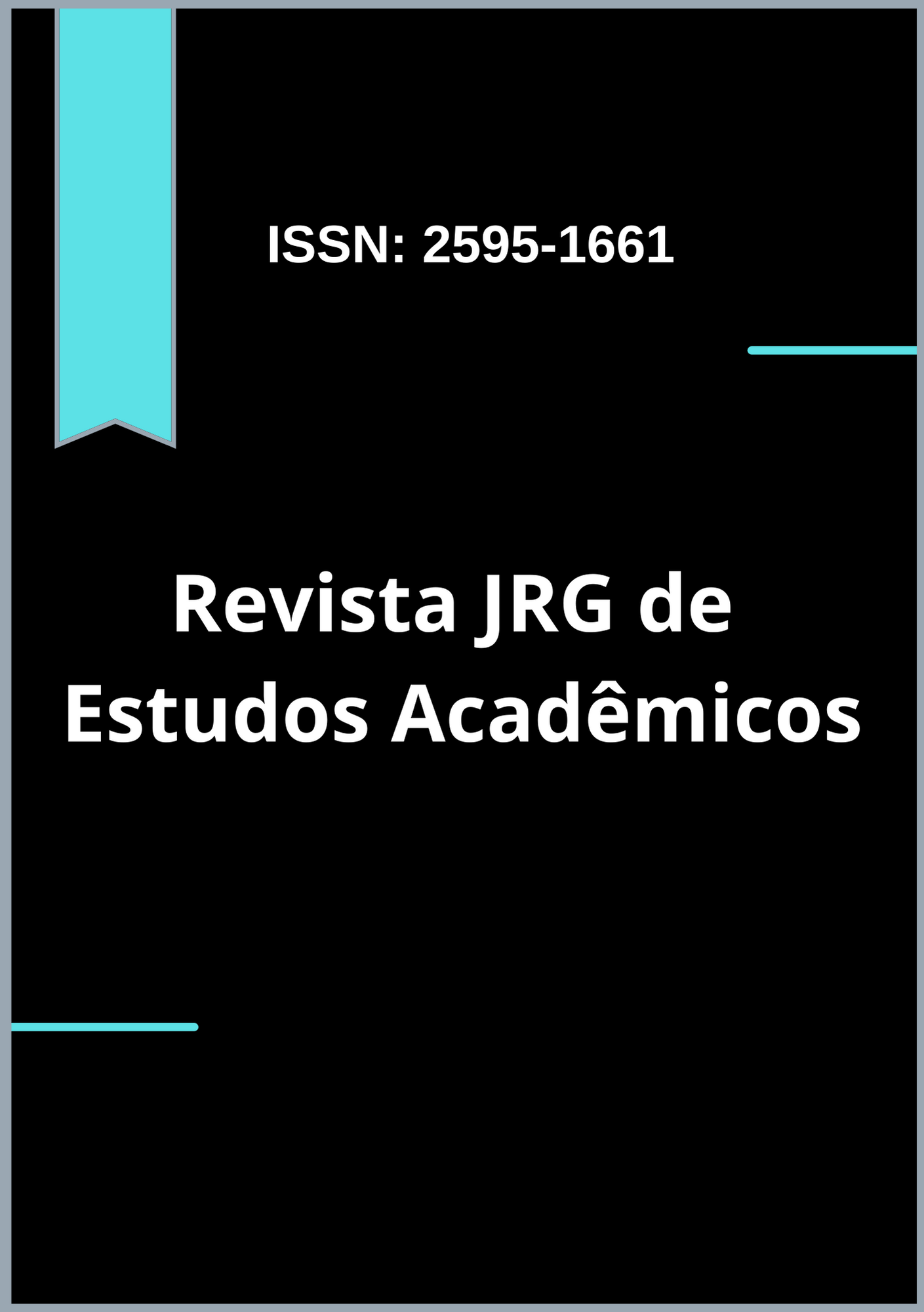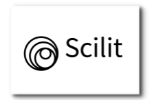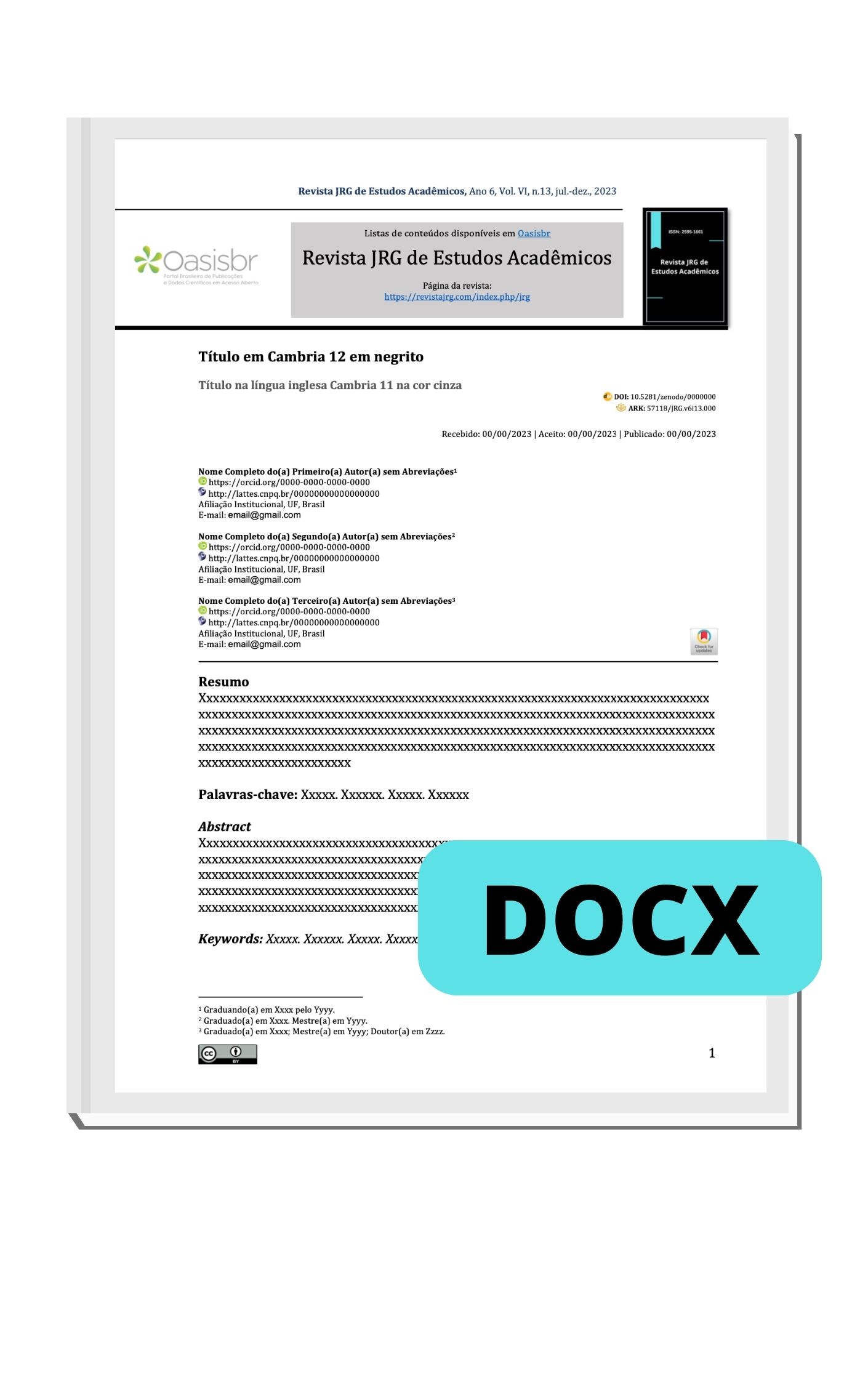Botulinum toxin application in the treatment of temporomandibular myofascial pain: evidence and controversies
DOI:
https://doi.org/10.55892/jrg.v8i18.2186Keywords:
Botulinum Toxin; Myofascial Pain; Temporomandibular Joint; Treatment; Controversies.Abstract
This article aims to analyze the available scientific evidence regarding the use of botulinum toxin type A (BTX-A) in the treatment of myofascial pain related to the temporomandibular joint (TMJ), as well as to discuss the main controversies surrounding its clinical application. Myofascial pain in the TMJ is one of the leading causes of orofacial discomfort, significantly affecting patients' quality of life. BTX-A, known for its ability to induce muscle relaxation, has been proposed as a therapeutic alternative for cases refractory to conventional treatments. The adopted methodology consisted of a literature review with a critical analysis of national and international studies addressing the efficacy, safety, and limitations of this intervention. The results indicate that BTX-A can provide pain relief, functional improvement, and enhanced quality of life, particularly in patients with chronic and treatment-resistant pain. However, controversies remain regarding dosage standardization, duration of effects, potential risks, and the lack of consolidated clinical guidelines. It is concluded that, although BTX-A represents a promising therapeutic option, its indication should be carefully considered and integrated into a multidisciplinary approach. Furthermore, the need for new randomized and methodologically robust clinical trials is highlighted to support safer and more effective practices in managing TMJ-related myofascial pain.
Downloads
References
ABBOUD, W. A. et al. Localized myofascial pain responds better than referring myofascial pain to botulinum toxin injections. International Journal of Oral and Maxillofacial Surgery, v. 46, n. 11, p. 1417–1423, 2017.
AL-HUSSAIN, A. et al. Effectiveness of Botulinum Toxin in Managing Temporomandibular Disorders: A Systematic Review. Journal of Health Science, p. 7–15, 2021.
AHMED, S. et al. Effect of Local Anesthetic Versus Botulinum Toxin-A Injections for Myofascial Pain Disorders: A Systematic Review and Meta-Analysis. Clinical Journal of Pain, v. 35, n. 4, p. 353–367, 2019.
ALMUATARI, F. A. et al. The role of botox in the management of TMJ disorders – a systematic review. Annals of Dental Specialities, v. 8, n. 4, p. 1–9, 2020.
ALSHAHLAH, M.; AL JAWAD, A. J.; AL JAWAD, H. J. Effect of Botox (Botulinum Toxin) on Pain Management for Patient Suffering from Temporomandibular Joint Disorder & Migraine. Annals of RSCB, p. 2811–2815, 2021.
ANTONIA, M. D. et al. Jaw muscles myofascial pain and botulinum toxin. Revista Dor, v. 14, n. 1, p. 52–57, 2013.
BAKER, J. S.; NOLAN, P. J. Effectiveness of botulinum toxin type A for the treatment of chronic masticatory myofascial pain: A case series. Journal of the American Dental Association, v. 148, n. 1, p. 33–39, 2017.
CALIS, A. S.; COLAKOGLU, Z.; GUNBAY, S. The use of Botulinum Toxin-A in the treatment of muscular temporomandibular joints disorders. Journal of Stomatology Oral and Maxillofacial Surgery, v. 120, n. 4, p. 322–325, 2019.
CORDEIRO, L.; SOARES, C. B. Revisão de escopo: potencialidades para a síntese de metodologias utilizadas em pesquisa primária qualitativa. Bis, v. 20, n. 2, p. 37–43, 2019. Disponível em: https://docs.bvsalud.org/biblioref/2019/10/1021863/bis-v20n2-sintese-de-evidencias-qualitativas-37-43.pdf. Acesso em: 31 mai. 2025.
CRUZ, D. et al. Genetic overlap between temporomandibular disorders and primary headaches: A systematic review. Japanese Dental Science Review, v. 58, p. 69–88, 2022.
DAILY, Z. et al. Impact Age in Treatment Myofacial Pain with Temporomandibular Joint Disorders by Botox Injection. Indian Journal of Forensic Medicine & Toxicology, v. 14, p. 514–519, 2021.
DE-LA-HOZ, J. L. et al. Efficacy of botulinum toxin type A in the management of masticatory myofascial pain: A retrospective clinical study. Journal of the American Dental Association, v. 153, n. 7, p. 683–691, 2022.
DE LA TORRE, C. et al. Efficacy of Botulinum Toxin Type-A in the Improvement of Mandibular Motion and Muscle Sensibility in Myofascial Pain TMD Subjects: A Randomized Controlled Trial. Toxins, v. 14, n. 7, p. 441–450, 2022.
DE CARLI, B. M. et al. The effect of laser and botulinum toxin in the treatment of myofascial pain and mouth opening: A randomized clinical trial. Journal of Photochemistry and Photobiology B, v. 159, p. 120–123, 2016.
DRESSLER, D. Botulinum toxin drugs: brief history and outlook. Journal of Neural Transmission, v. 123, n. 3, p. 277–279, 2015.
ELIASSEN, M. et al. Self-exercise programmes and occlusal splints in the treatment of TMD-related myalgia – Evidence-based medicine? Journal of Oral Rehabilitation, v. 46, n. 11, p. 1088–1094, 2019.
FARRIER, J. N. et al. Can we justify the continued use of botulinum toxin A in the management of myofascial pain? British Journal of Oral and Maxillofacial Surgery, v. 58, n. 9, p. 1133–1138, 2020.
FREUND, B. J.; SCHWARTZ, M. Relief of tension-type headache symptoms in subjects with temporomandibular disorders treated with botulinum toxin-A. Headache, v. 42, n. 10, p. 1033–1037, 2002.
GUARDA-NARDINI, L. et al. Myofascial pain of jaw muscles: comparison of short-term effectiveness of botulinum toxin injections and fascial manipulation technique. Cranio, v. 30, n. 2, p. 95–102, 2012.
GRAFF-RADFORD, S. B.; ABBOTT, J. J. Temporomandibular Disorders and Headache. Oral and Maxillofacial Surgery Clinics of North America, v. 28, n. 3, p. 335–349, 2016.
HÄGGMAN-HENRIKSON, B. et al. Pharmacological treatment of orofacial pain – health technology assessment including a systematic review with network meta-analysis. Journal of Oral Rehabilitation, v. 44, n. 10, p. 800–826, 2017.
HEADACHE CLASSIFICATION COMMITTEE OF THE INTERNATIONAL HEADACHE SOCIETY. The International Classification of Headache Disorders, 3rd edition. Cephalalgia, v. 38, p. 1–211, 2018.
JADHAO, V. A. et al. Efficacy of botulinum toxin in treating myofascial pain and occlusal force characteristics of mastigatory muscles in bruxism. Indian Journal of Dental Research, v. 28, n. 5, p. 493–497, 2017.
KHAN, M. Short Term Effect of Botulinum Toxin A among Individuals with Headache Attributed to TMD: A Pilot Study. 2018. Dissertação (Mestrado em Odontologia) – Faculty of Graduate School, University at Buffalo, State University of New York, 2018.
KOCAMAN, G. et al. Evaluation of Onabotulinumtoxin A Treatment in Patients with Concomitant Chronic Migraine and Temporomandibular Disorders. Noro Psikiyatr Arsivi, v. 55, n. 4, p. 330–336, 2018.
KÜTÜK, S. G. et al. Comparison of the efficacies of dry needling and botox methods in the treatment of myofascial pain syndrome affecting the temporomandibular joint. Journal of Craniofacial Surgery, v. 30, n. 5, p. 1556–1559, 2019.
LA FLEUR, P.; ADAMS, A. Botulinum Toxin for Temporomandibular Disorders: A review of clinical effectiveness, cost–effectiveness, and guidelines. Ottawa (ON): Canadian Agency for Drugs and Technologies in Health, 2020. Disponível em: https://www.ncbi.nlm.nih.gov/books/NBK562946/. Acesso em: 31 mai. 2025.
MACHADO, D. et al. Botulinum toxin type A for painful temporomandibular disorders: systematic review and meta-analysis. Journal of Pain, v. 21, n. 3, p. 281–293, 2019.
MAIXNER, W. Orofacial pain prospective evaluation and risk assessment study - the OPPERA study. Journal of Pain, v. 12, n. 11, p. 4–11, 2011.
MONTES-CARMONA, J. F.; GONZALEZ-PEREZ, L. M.; INFANTE-COSSIO, P. Treatment of localized and referred masticatory myofascial pain with botulinum toxin injection. Toxins, v. 13, n. 1, p. 6–19, 2020.
MYERS, C. D.; WHITE, B. A.; HEFT, M. W. A review of complementary and alternative medicine use for treating chronic facial pain. Journal of the American Dental Association, v. 133, n. 9, p. 1189–1196, 2002.
OKSANEN, E. et al. Temporomandibular Disorder Patients Benefit From Intramuscular Botulinum Toxin Type A Injections. Journal of Craniofacial Surgery, v. 33, n. 1, p. 1159–1161, 2022.
OLLA, D. et al. Migraine Treatment. Clinical Plastic Surgery, v. 47, n. 2, p. 295–303, 2020.
PATEL, A. A.; LERNER, M. Z.; BLITZER, A. Incobotulinum toxin A injection for temporomandibular joint disorder. Annals of Otology, Rhinology and Laryngology, v. 126, n. 4, p. 328–333, 2017.
RÉUS, J. C. et al. Association between primary headaches and temporomandibular disorders: A systematic review and meta-analysis. Journal of the American Dental Association, v. 153, n. 2, p. 120–131, 2022.
SIDEBOTTOM, A. J.; PATEL, A. A.; AMIN, J. Botulinum injection for the management of myofascial pain in the masticatory muscles: A prospective outcome study. British Journal of Oral and Maxillofacial Surgery, v. 51, n. 3, p. 199–205, 2013.
SLADE, G. D. et al. Study methods, recruitment, sociodemographic findings, and demographic representativeness in the OPPERA study. Journal of Pain, v. 12, n. 11, p. 12–26, 2011.
SLADE, G. D. et al. Painful Temporomandibular Disorder: Decade of Discovery from OPPERA Studies. Journal of Dental Research, v. 95, n. 10, p. 1084–1092, 2016.
TCHIVILEVA, I. E. et al. Clinical, psychological, and sensory characteristics associated with headache attributed to temporomandibular disorder in people with chronic myogenous temporomandibular disorder and primary headaches. Headache and Pain, v. 1, p. 22–42, 2021.
THAMBAR, S.; KULKARNI, S.; NIKOLARAKOS, D. Botulinum toxin in the management of temporomandibular disorders: a systematic review. British Journal of Oral and Maxillofacial Surgery, v. 58, n. 5, p. 508–519, 2020.
VALESAN, L. F. et al. Prevalence of temporomandibular joint disorders: a systematic review and meta-analysis. Clinical Oral Investigations, v. 25, p. 441–453, 2021.
WAMBIER, L. M. et al. Does the Use of Botulinum Toxin Reduce the Intensity of Myofascial Pain in Adult Patients? A Systematic Review and Meta-Analysis. Journal of Dental and Oral Epidemiology, v. 1, n. 2, p. 1–16, 2021.
WEYMAR, L. B. Placa oclusal versus toxina botulínica para controle da dor na disfunção temporomandibular: uma revisão sistemática. 2021. Dissertação (Mestrado em Odontologia) – Faculdade de Odontologia da Universidade Federal de Pelotas, Rio Grande do Sul, Brasil, 2021.









































